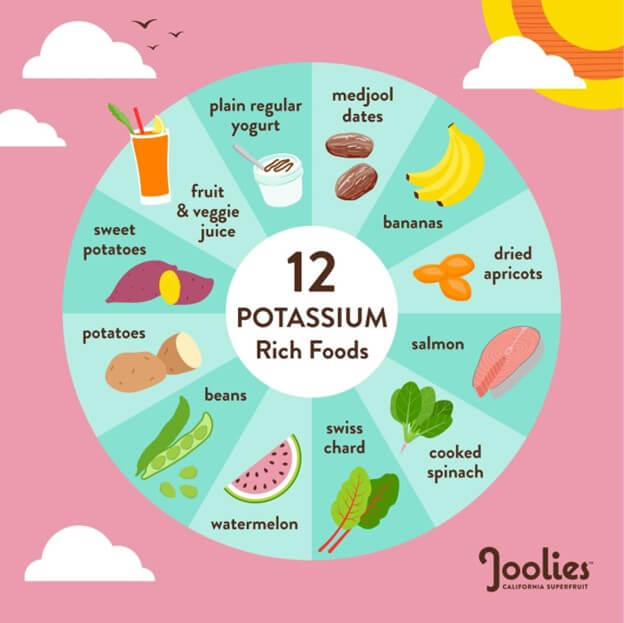The nurse is assisting in the care of the client who is at 30 weeks of gestation.
Nurses' Notes
1200:
Provided a quiet environment, dimmed the lights, and encouraged client to remain in bed in the side-lying position.
Encouraged client to cough and take deep breaths regularly.
Assisted with insertion of 18-gauge IV and initiation of IV fluid.
Assisted with insertion of indwelling urinary catheter per provider prescription. Maintained strict input/output monitoring; total intake 180 mL/hour.
FHR 136/min via external fetal monitor. Minimal variability noted, no contractions present.
1400:
Magnesium sulfate infusion ongoing.
Client is lethargic. Heart rate regular 58bpm, blood pressure 148/99 mmHg, respirations shallow DTR 1+ bilaterally.
Urine output 20 mL in the last hour
1405:
Assists with discontinuation of magnesium sulfate infusion Notifies provider of client status.
1800:
Client is alert and responsive. Heart rate regular 78bpm, respirations even and unlabored. DTR 2+ bilaterally
Oxygen saturation (SaO) 95% on 2 L nasal cannula. Respiratory rate 18/min. Blood pressure 146/96 mm Hg.
Select the findings that indicate the client's condition has improved.
Urine output 40 mL in the last hour
Temperature 38.3°C(101 F)
Blood pressure 146/96 mm Hg
Deep tendon reflexes 2+ bilaterally
Heart rate 78/min
Correct Answer : D,E
Deep tendon reflexes (DTR): At 1400, the client had diminished reflexes (1+), which is concerning in the context of magnesium sulfate therapy, as it can indicate magnesium toxicity. At 1800, reflexes are 2+, which is normal and shows improvement.
Heart rate: At 1400, the client had bradycardia (heart rate 58 bpm). By 1800, the heart rate had normalized to 78 bpm, indicating an improvement.
Other findings:
Urine output 40 mL in the last hour: Adequate urine output (at least 30 mL/hr) is a sign of improved renal perfusion and hydration status. Earlier, the client had only 20 mL in the last hour, which was concerning.
Temperature 38.3°C (101°F): This indicates a fever, which is not a sign of improvement.
Blood pressure 146/96 mm Hg: Although this is better than a severely hypertensive reading, it is still elevated.
Nursing Test Bank
Naxlex Comprehensive Predictor Exams
Related Questions
Correct Answer is A
Explanation
The correct answer is A. Consume soft, bland foods. The client with stomatitis should avoid spicy, acidic, or rough foods that can irritate the inflamed mucous membranes of the mouth.
Correct Answer is A
Explanation
Explanation: Sweet potato is a food that is high in potassium, which is an electrolyte that regulates fluid balance, nerve impulses, and muscle contractions in the body. A medium- sized sweet potato contains about 541 mg of potassium, which is more than 10% of the recommended daily intake for adults. Baked chicken breast, wheat bread, and canned green beans are foods that are low or moderate in potassium, containing less than 300 mg per serving.

Whether you are a student looking to ace your exams or a practicing nurse seeking to enhance your expertise , our nursing education contents will empower you with the confidence and competence to make a difference in the lives of patients and become a respected leader in the healthcare field.
Visit Naxlex, invest in your future and unlock endless possibilities with our unparalleled nursing education contents today
Report Wrong Answer on the Current Question
Do you disagree with the answer? If yes, what is your expected answer? Explain.
Kindly be descriptive with the issue you are facing.
